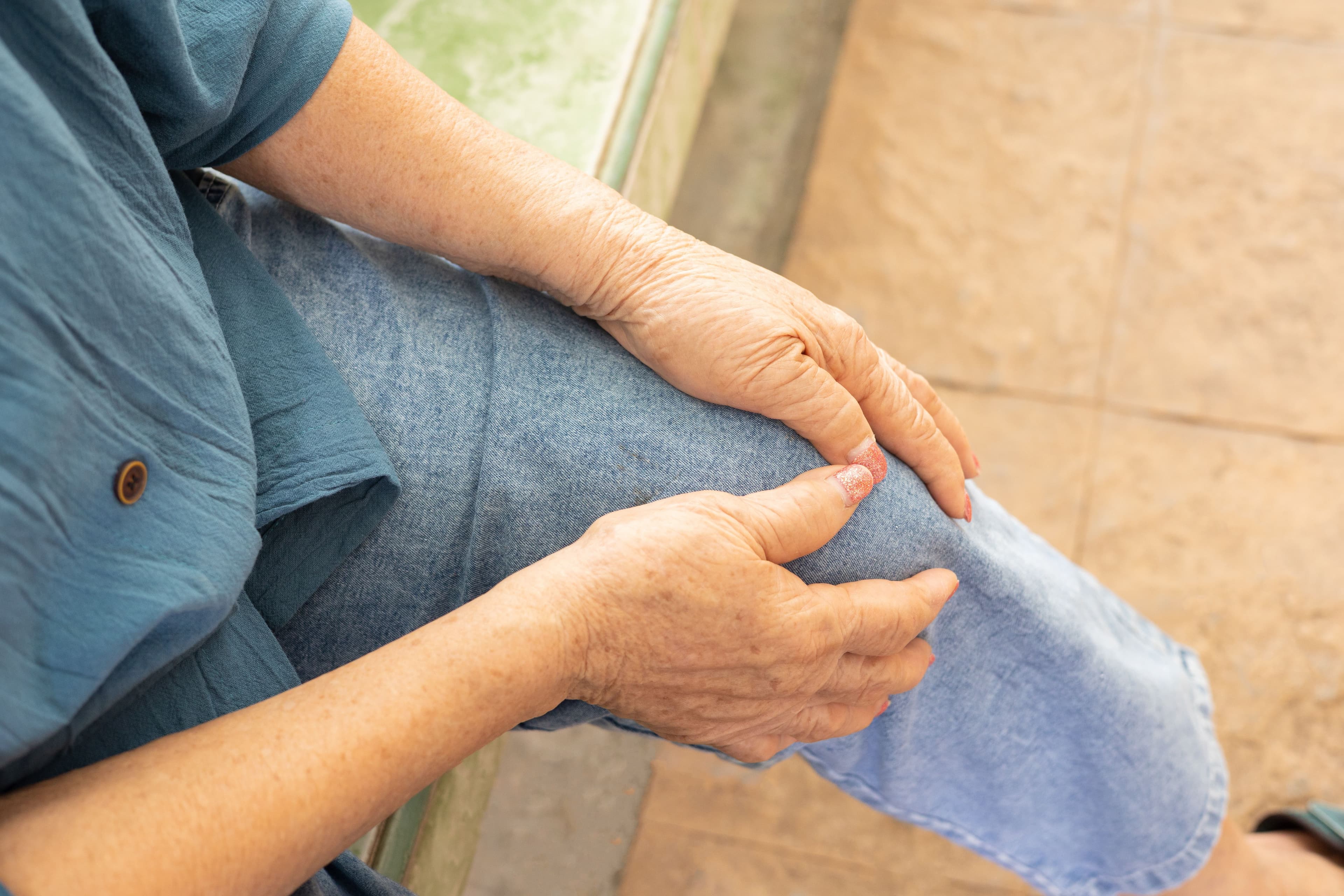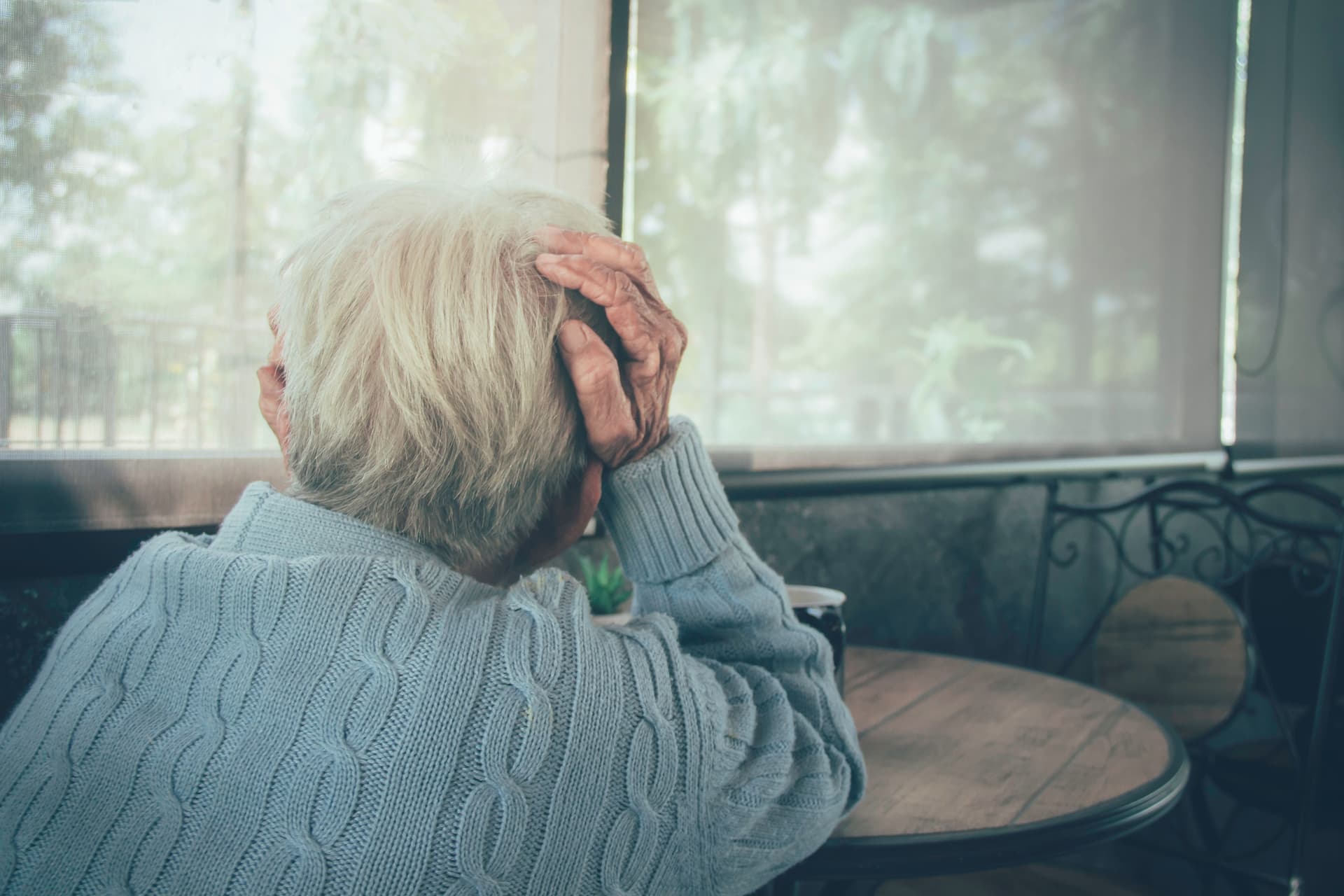
Nursing home abuse and neglect put vulnerable residents at serious risk, leading to malnutrition, dehydration, infections, and preventable injuries. When facilities fail to provide adequate care, residents suffer, and families are left feeling helpless. Lack of supervision, improper medical treatment, and unsafe conditions can result in devastating harm. Understanding the warning signs, knowing your legal rights, and holding negligent facilities accountable are crucial steps in protecting your loved ones. Learn how to take action and seek justice.
July 10, 2025
3 min
Pressure ulcers—also known as bedsores or decubitus ulcers—are one of the most glaring warning signs of neglect in nursing homes. These painful, potentially life-threatening wounds develop when immobile residents are not properly repositioned, cleaned, or nourished. While pressure ulcers are largely preventable with appropriate care, they remain a persistent problem in long-term care facilities across the country. For families, finding out that a loved one has developed bedsores can raise urgent questions about the quality of care and legal responsibility.
Pressure ulcers are open wounds that develop when sustained pressure cuts off blood flow to the skin and underlying tissues. The most common sites are areas where bones are close to the skin, such as the tailbone, hips, heels, and elbows. They range in severity from mild redness (Stage 1) to deep wounds exposing muscle or bone (Stage 4). If not treated promptly and properly, pressure ulcers can lead to severe pain, infection, gangrene, sepsis, and even death.
Several factors make nursing home residents particularly vulnerable to pressure ulcers:
Despite these risk factors, modern nursing standards and federal law require facilities to prevent bedsores except in the rarest, most medically complex cases.
Preventing pressure ulcers is a basic standard of nursing home care, and facilities are required by law to:
Failure in any of these areas can be a sign of neglect, understaffing, or poor facility management.
Families should be on the lookout for the following red flags:

If your loved one develops a pressure ulcer in a nursing home, demand a full explanation and a copy of their care records.
The complications from pressure ulcers can be severe:
Pressure ulcers are classified as “never events” by many health authorities—meaning they should not happen with proper care. A nursing home may be legally liable if:
Legal claims can help families recover costs for medical treatment, pain and suffering, and may push facilities to improve care standards for all residents.
Protect Seniors Law Firm is committed to fighting for residents harmed by pressure ulcers and other signs of neglect. The firm:
Pressure ulcers in nursing homes are almost always preventable and serve as a clear warning sign of inadequate care. If your loved one has suffered from bedsores, you have the right to answers—and to hold negligent facilities accountable. Protect Seniors Law Firm stands by families in their pursuit of justice and the highest standards of care for all seniors.